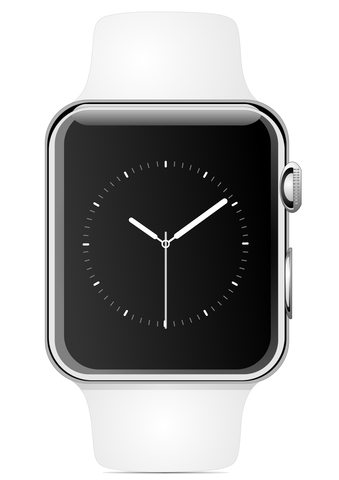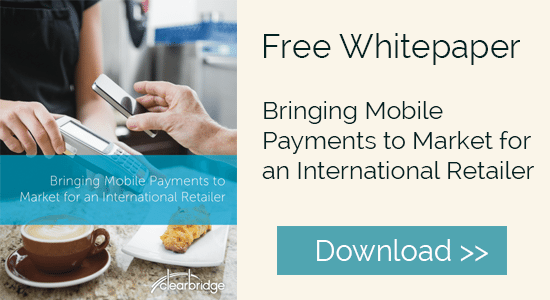Slated for an April 2015 release, the highly anticipated Apple Watch is Apple’s answer to the flurry of Android Wear watches released in the past six months. Apple has released WatchKit, an extension of the iOS 8.2 SDK which allows developers to begin Apple Watch development.
Despite the fact that only 720,000 Android Wear watches have shipped since its release, J.P. Morgan Chase analyst Rod Hall expects about 5% of current iPhone users to pick up a new Apple Watch, resulting in over 26 million shipments this year. While an ambitious estimate, there’s no denying that wearable technologies are truly beginning to break into the mainstream, and the Apple Watch may very well be one of the major products to facilitate that.
Although we haven’t seen widespread usage of wearable technology yet, we believe that the upcoming release of the Apple Watch will really transform wearables into part of the mainstream mobile market. As with Android Wear, there is still plenty of potential for growth, and we’re definitely excited to see where wearables take us.
Innovative Interactions
The Apple Watch comes with three impressive technologies that take the details of interaction to a new level: Force Touch, Digital Crown, and Taptic Engine.
Force Touch aims to distinguish between the amount of force being used on a tap, able to sense the difference between light taps and hard presses. With a very limited interface size, Force Touch hopes to expand the amount of possible interactions without compromising Apple’s traditionally simple and sleek user interface. This allows us to assign different in-app feedback or features pertaining to the magnitude of a tap.
As with traditional watches using the crown to adjust the current time, the Apple Watch also features a physical crown known as the Digital Crown. Apple’s primary use for the Digital Crown is to trigger Siri, but we can definitely see scrolling and zooming being intuitive uses for it as well.
Taptic Engine allows the Apple Watch to produce haptic feedback that is noticeably different for each kind of interaction. It aims to be discreet but versatile – feedback can be given on anything ranging from a notification to pressing down on the display.
Notifications and Glances
In an attempt to maximize the utility of the small screen that the Apple Watch has, displayed items can be categorized as either a notification or a glance. Both items exist to provide the most value by giving you the most important information at the time in the most concise fashion.
Notifications, or actionable notifications, give you the ability to view a notification and respond to it. For example, an event invitation will allow you to view the time, date, location, and name of the event. Directly from the display, you can then respond with accept, maybe, decline, or dismiss. Implementing actionable notifications allows limited but sufficient interaction in a very timely fashion – precisely one of the main qualities of wearable technology.
Similar to the contextual and intelligent information features found on many mobile apps today, Glances bring you the information that you care about most. ESPN’s Apple Watch app delivers live scores and information during a sports match, and if no game is taking place, displays game-time information or final box scores. You can also receive alerts on score changes or news.
iBeacon and NFC Integration
Apple CEO Tim Cook has confirmed that the Apple Watch will have iBeacon and Bluetooth integration, as well as NFC to authenticate payments on Apple Pay.
With the convenience of wearables, Apple is hoping to push its iBeacon notifications to Apple Watch wearers to more easily engage its audience. While one of the main applications for beacons is in the retail setting, there is definitely a much wider array of applications, which will definitely bolster the potential and possible future applications of the Apple Watch.
As with the iPhone 6’s NFC chip, the Apple Watch’s own NFC seems to only be for Apple Pay as well. Although this is limiting in a world where many popular Android models have fully embraced NFC, we still believe that NFC is the future of mobile payments. Naturally, we’re also hoping that Apple will begin to open NFC to third-party apps in the near future, such as Google Wallet, Visa, Mastercard, and many others.
The Future of Apple Watch
Although we haven’t seen widespread usage of wearable technology yet, we believe that the upcoming release of the Apple Watch will really transform wearables into part of the mainstream mobile market. As with Android Wear, there is still plenty of potential for growth, and we’re definitely excited to see where wearables take us.






